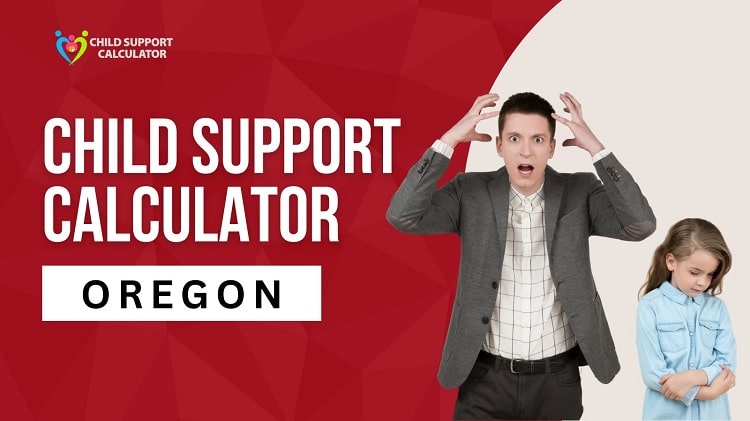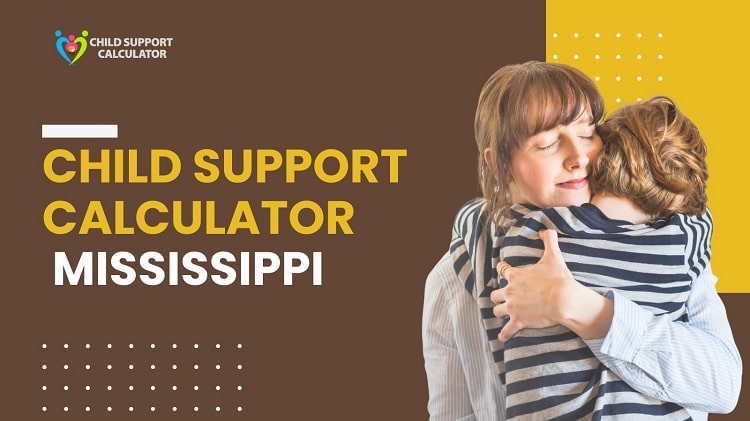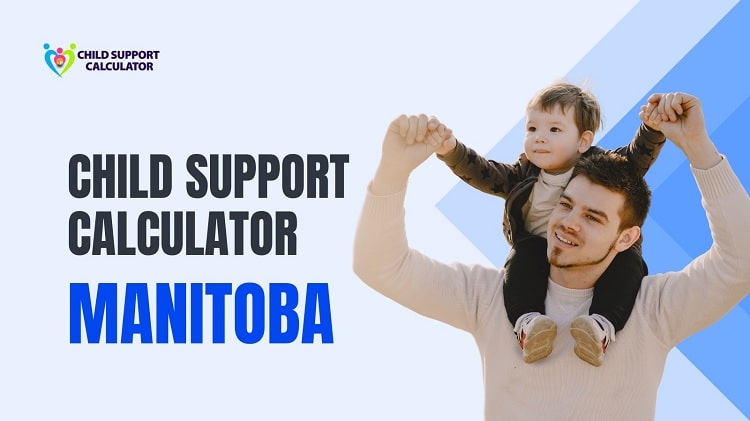Montana Child Support Calculator (Mt) | Guidelines – 2024
In Montana, a child’s financial assistance must come from both parents which are determined using the Montana child support calculator. Kid support payments are made to help a child fulfill their financial needs. The amount of child support imposed in your case is determined by each parent’s income, the number of children involved, the custody arrangement between the parents, and the kid’s special needs.

The lone parent required to pay support is usually non-custodial (who spends less than 50% of the time with the child). The law assumes that a custodial parent (spends the bulk of time with the kid) spends money on the child’s needs. A judge may order both parents to pay child support or may not impose child support at all in split or joint custody cases. In the end, any child support award must be in the kid’s best interests.
To make determining child support easier, Montana has created statutory child support rules. According to the child support rules, the state establishes a base support amount. A parent can estimate his or her support obligation using the criteria. A judge, on the other hand, can change the ultimate amount of assistance based on the child’s requirements.
How to Calculate Child Support Payments in Montana
Worksheets and guidelines are available from the Montana Department of Public Health and Human Services to guide you through the child support procedure and to calculate using the Montana child support calculator. To submit your child support application, you will need to gather a lot of financial information (or respond to one).
Filling out a financial affidavit is the first step in the procedure. A “financial affidavit” is a document that you fill out to explain your income, other assets, and debts or commitments. The financial affidavit covers, among other things, tax, and insurance information, alimony payments received, expenditures associated with caring for all of your children, as well as your income and assets.
Payments, profits, and benefits received from any sources are considered income. Salary, earnings, royalties, rentals, bonuses and commissions, military pay, pension, and severance compensation are all examples of a parent’s income.
Even if you are unemployed, you are likely to receive income through social security, workers’ compensation, unemployment, or disability benefits that can be used to pay child support. Spousal support is also taken into account, and in some situations, a court may impute income based on the value of assets such as a vacation house or a car.
Some goods, such as money brought in by a new spouse, SSI, food stamps (SNAP), adoption subsidies, and any means-tested veteran’s benefits or public assistance programs, might be excluded from child support.
Believe again if you think you may save money on child support by working less or not at all. Based on the parent’s work history and job options, a court might infer or assign a larger income to the parent.
Challenging the Amount of Child Support
After you’ve completed the worksheets, the state will determine an amount of assistance that is appropriate and reasonable for your kid. However, there are situations when the overall amount or how it is distributed is unjust to a parent or a kid. Before the child support, order is signed, any parent can request that support be adjusted.
The court will either raise or lower the amount of support depending on the following considerations if a parent shows clear and compelling evidence that the amount would be unfair (this is known as rebutting the assumption).
- The financial resources of the kid.
- The financial resources of the parents.
- If the marriage had lasted longer, the child’s level of life.
- The physical, emotional, educational, and medical requirements of the kid
- The age of the child.
- The expense of the child’s daycare.
- The parenting strategy.
- The requirements of anybody other than the kid who is legally bound to be supported by either parent.
Collecting and Enforcing Montana Child Support Orders
Child support payments will most likely be made when and as your child support decree specifies. If your child support order isn’t explicit, you can pay through cash, cheque, bank transfer, direct deposit, or payment applications like Venmo or Zelle.
Modifying Child Support in Montana
You must wait 12 months after a child support order is issued before asking the court to revise (modify) it. If the order does not include the child’s medical treatment, an exemption to this regulation applies; this can be added at any moment.
To justify an adjustment, you’ll need both parents’ written consent or evidence of a significant and ongoing change in circumstances that makes it impossible for you to make payments at the present rate. The loss of a job is a regular shift in cases.
Nevertheless, a court cannot apply a change retroactively. So, even if a parent loses a job, payments will continue at the present (ordered) amount until a court modifies it, at which point the change will only apply to future payments.
Terminating Child Support
Child support payments which are determined by the Montana child support calculator get terminated when the child becomes emancipated when the child graduates from high school or turns 19, whichever occurs later. Parents may extend child support for a longer period by written agreement. A court may order payments for a longer period of time-based on the child’s needs.
Faq
What steps can an incarcerated non-custodial parent take to modify their child support order?
According to Montana law, imprisonment cannot be the primary basis for a modification. Only if there is a 25% change in financial status that is not connected to imprisonment and the jailed non-custodial parent waives their right to attend in person at the hearing will the adjustment be approved
What is the minimum monthly payment for an incarcerated parent?
The law of Montana does not create an exemption for non-custodial parents who are jailed. As a result, your minimum monthly payment will consist of your existing child support obligation plus a payment toward the arrears.
Can CSED caseworkers visit prisons to work with incarcerated fathers on child support cases
Professionals from the Child Support Enforcement Division (CSED) visit prisons to deliver instructional material about the child support program. Concerns concerning your child support position should be discussed with your specific caseworker.
Can incarcerate non-custodial parents apply for Hardship?
If you qualify, “hardship” is a legal category that can reduce the monthly amount you owe in arrears. You must cooperate with income withholding and make your full support payment on schedule to qualify for a Hardship. Currently, Montana law does not accept imprisonment as a sole criterion for Hardship status.
Can the CSED help enforce visitation rights for incarcerated non-custodial parents?
Custody and visitation difficulties, however, are not covered by the CSED’s services. If you want to maintain your visiting rights while you’re in jail, you should speak with a private Montana family law lawyer.







